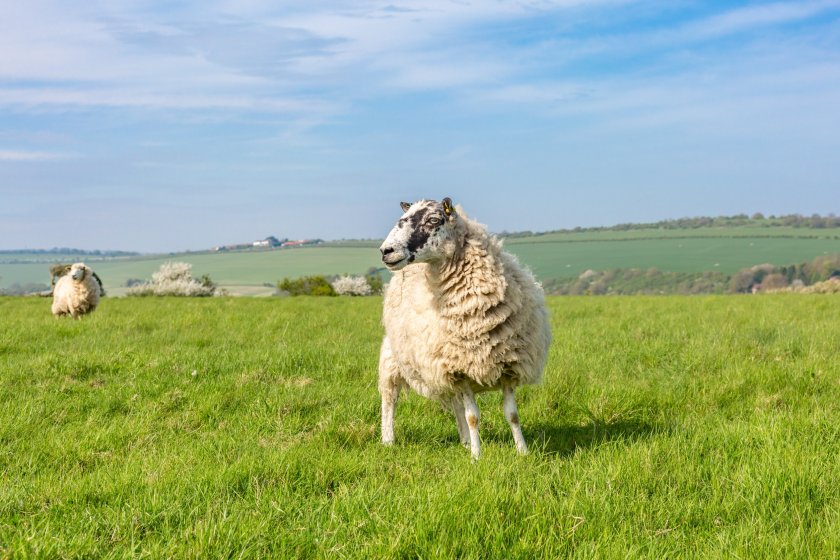
Farmers and vets from across the British sheep industry have joined forces to launch a new first-of-its-kind sheep welfare strategy for 2023-2028.
The strategy, established through Ruminant Health & Welfare (RH&W), is designed to help the industry show progress in sheep welfare by 2028.
The industry’s shared vision is for the sector to demonstrate evidence-based progress in six key areas of sheep welfare over the next five years and beyond.
These are: healthy feet; appropriate body condition; thriving lambs; collaborative flock management; positive welfare; and sheep comfort.
RH&W chair, Gwyn Jones said: “Improvements to health and welfare will ultimately result in a more productive and sustainable supply chain, having a positive impact on the sector’s carbon footprint.
"At a grass roots farm level, it will benefit farmers directly through better productivity, working conditions and positive mental health.”
Mr Jones said progress on the six areas was important, as research shows the public expects the delivery of good welfare to include far more than ensuring good health alone.
“UK sheep farmers and the wider industry are in a good position to deliver on both,” he added.
“The strategy will pave the way for this; however investment will be required for practical methods of reporting progress and the collation of existing data to show improvements.”
National Sheep Association (NSA) chief executive, Phil Stocker said it was important for the reputation of the UK sheep sector to continue making welfare progress.
“This strategy will provide great ammunition to drive forward the sector across a wide range of welfare improvements over the next five years including the licensing of analgesics, influencing government support programmes, and conditions in transport and at slaughter.
“The strategy contains a five-step plan for delivery, which includes a commitment for routine meetings with a working group representing all stakeholders so we can agree an action plan for each of the six goals."
Mr Jones and Mr Stocker said that now the strategy had been launched, everyone in the sheep sector must work together to deliver its goals.
“The sheep industry has demonstrated ownership and responsibility by producing this strategy," Mr Jones explained.
“We have the endorsement of over 95 organisations and businesses who have signed up to support the strategy and we hope to see this backing empowering sheep farmers and producers to keep pushing forward with good welfare.”
What is included in the new sheep welfare strategy?
The six strategic goals in the strategy are:
• Healthy feet – reducing lameness for all sheep to improve overall health and welfare by increasing mobility, productivity, and longevity
• Appropriate body condition – ensuring optimal body condition score to improve resilience to disease and fertility, and a breeding female’s ability to rear thriving lambs
• Thriving lambs – ensuring lambs are born strong and thrive throughout life by providing good nutrition and protection against disease
• Collaborative flock management – ensuring active collaboration between farmers, vets, and advisers to aid the development of optimal flock health and welfare plans
• Positive welfare – ensuring all management decisions are made with a focus on welfare and considered through the eyes of the flock
• Sheep comfort – ensuring every farm has a proactive pain management plan to optimise the comfort of sheep and aid their ability to overcome disease, illness, and/or injury
